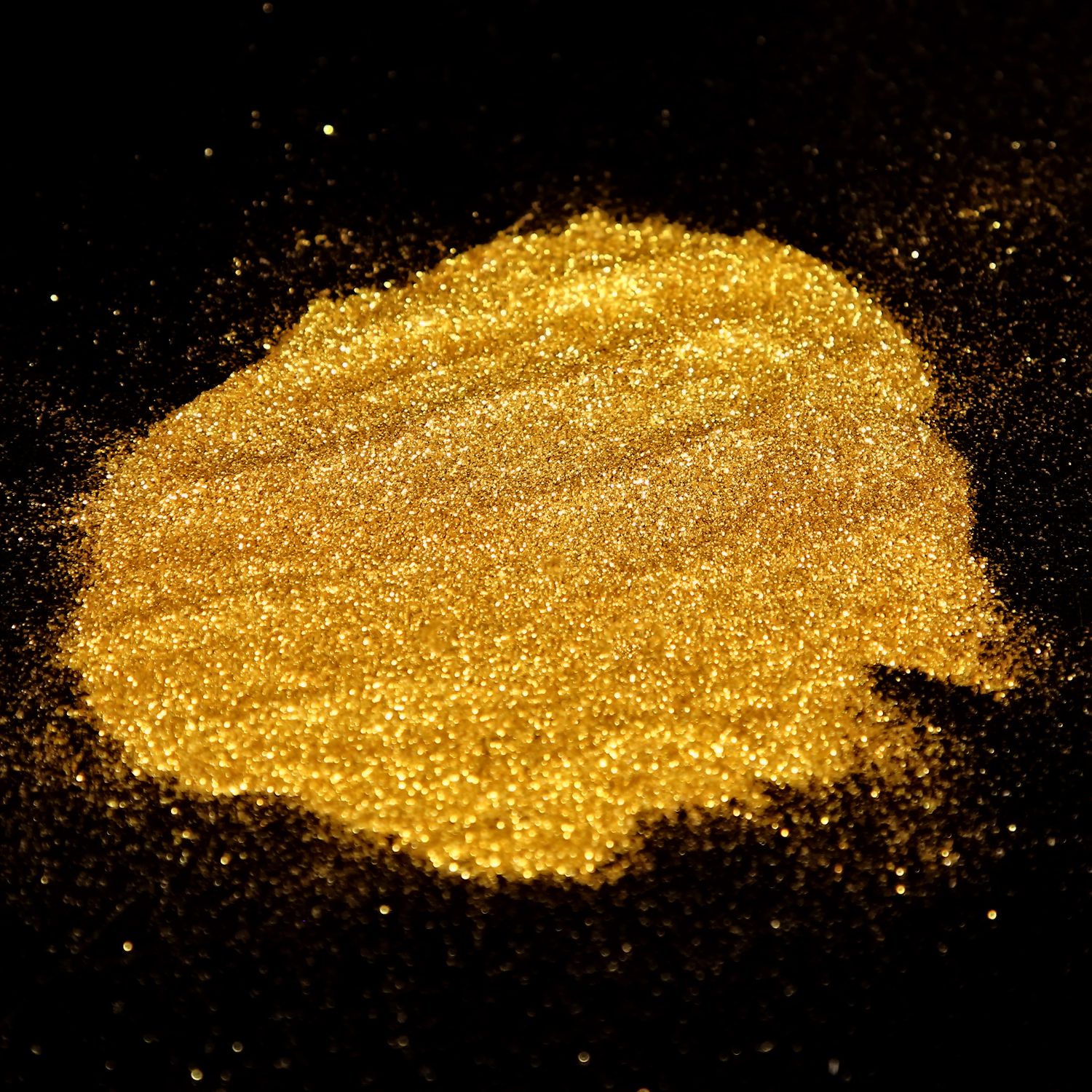Gold dust plant indoor – Embark on a botanical journey as we delve into the captivating world of the Gold Dust Plant, an indoor horticultural gem renowned for its striking foliage and ease of care. This comprehensive guide unveils the secrets to thriving Gold Dust Plants indoors, empowering you to cultivate a verdant oasis in your own living space.
Discover the optimal lighting conditions, watering techniques, and environmental parameters that foster healthy growth. Learn the art of propagation through stem cuttings and air layering, ensuring a continuous supply of these enchanting plants. Delve into troubleshooting common issues, such as yellowing leaves and pests, empowering you to maintain vibrant and flourishing Gold Dust Plants.
Indoor Care and Cultivation

The Gold Dust Plant thrives indoors with proper care. Let’s delve into the optimal conditions for its growth.
Lighting
Gold Dust Plants prefer bright, indirect light. They can tolerate low light but may exhibit slower growth and reduced leaf variegation. Avoid placing them in direct sunlight, as it can scorch the leaves.
Watering
Water the Gold Dust Plant when the top 1-2 inches of soil feels dry to the touch. Allow excess water to drain from the pot to prevent root rot. During the growing season (spring and summer), water more frequently, and reduce watering in the fall and winter when the plant goes dormant.
Temperature and Humidity
Gold Dust Plants prefer warm temperatures between 65-80°F (18-27°C). They can tolerate slightly cooler temperatures but may drop leaves if exposed to cold drafts. The plant prefers moderate to high humidity levels. Misting the leaves regularly or using a humidifier can help increase humidity.
Propagation Methods: Gold Dust Plant Indoor
Propagating Gold Dust Plants is a rewarding endeavor that allows you to expand your collection and share the beauty of these plants with others. Several methods can be employed to propagate Gold Dust Plants, including stem cuttings and air layering.
Stem Cuttings
Stem cuttings are a simple and effective way to propagate Gold Dust Plants. Here are the steps involved:
1. Choose a healthy stem that is at least 4 inches long.
2. Remove the leaves from the bottom 2 inches of the stem.
3. Dip the end of the stem in rooting hormone to encourage root development.
4. Plant the cutting in a well-draining potting mix.
5. Keep the soil moist but not soggy.
6. Place the cutting in a warm, humid environment.
7. Roots will typically develop within 4-6 weeks.
Air Layering
Air layering is a technique that involves rooting a stem while it is still attached to the parent plant. This method is particularly useful for propagating large or difficult-to-root plants. Here are the steps involved:
1. Choose a healthy stem that is at least 6 inches long.
2. Remove a ring of bark about 1 inch wide from the stem.
3. Apply rooting hormone to the exposed area.
4. Wrap the exposed area with moist sphagnum moss.
5. Secure the sphagnum moss with plastic wrap or foil.
6. Keep the sphagnum moss moist.
7. Roots will typically develop within 4-6 weeks.
8. Once the roots are well-developed, cut the stem below the rooted area and pot the new plant.
Using Rooting Hormone
Rooting hormone is a substance that helps to promote root development in cuttings. It is available in powder, liquid, and gel form. To use rooting hormone, simply dip the end of the cutting in the hormone before planting it in the soil. Rooting hormone can significantly increase the success rate of propagation, especially for difficult-to-root plants.
Troubleshooting Common Issues

The Gold Dust Plant, known for its vibrant foliage, can occasionally face issues that affect its health and appearance. Understanding the causes and implementing appropriate solutions can help maintain the plant’s beauty and longevity.
Yellowing Leaves, Gold dust plant indoor
Yellowing leaves in Gold Dust Plant can indicate various underlying problems. Nutrient deficiencies, such as lack of nitrogen or iron, can cause leaves to turn yellow. Overwatering or underwatering can also lead to yellowing, as both conditions disrupt the plant’s ability to absorb nutrients and water. Exposure to excessive sunlight can scorch leaves, causing them to turn yellow and eventually brown.
Leaf Drop
Leaf drop in Gold Dust Plant can be caused by several factors. Drought stress due to underwatering can cause leaves to wilt and drop. Overwatering can also lead to leaf drop, as it can result in root rot, which weakens the plant’s ability to support its foliage. Extreme temperatures, either too hot or too cold, can cause leaves to drop as a defense mechanism.
Pests and Diseases
Gold Dust Plant is generally resistant to pests and diseases, but it can occasionally be affected by certain issues. Aphids, mealybugs, and scale can infest the plant, sucking its sap and causing yellowing or stunted growth. Fungal diseases, such as powdery mildew and botrytis, can also affect the plant, causing discoloration and wilting.